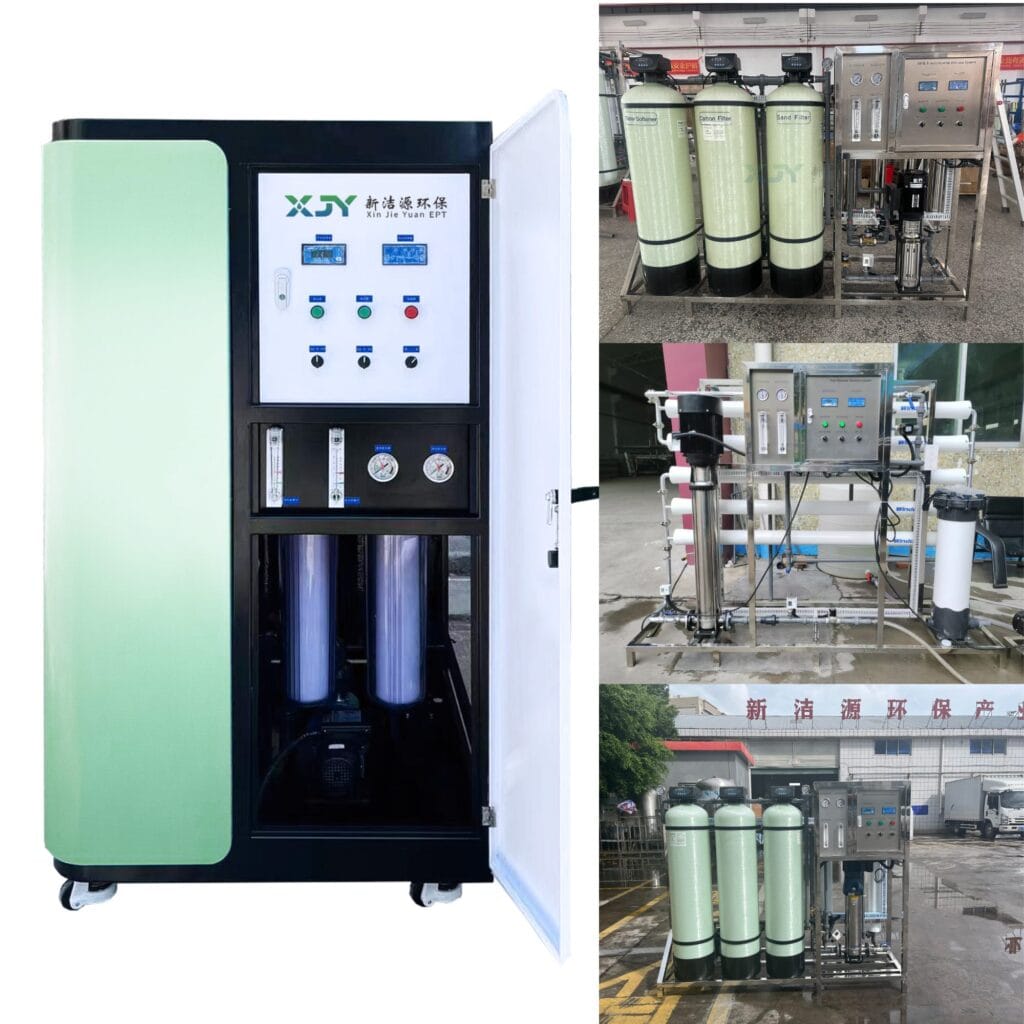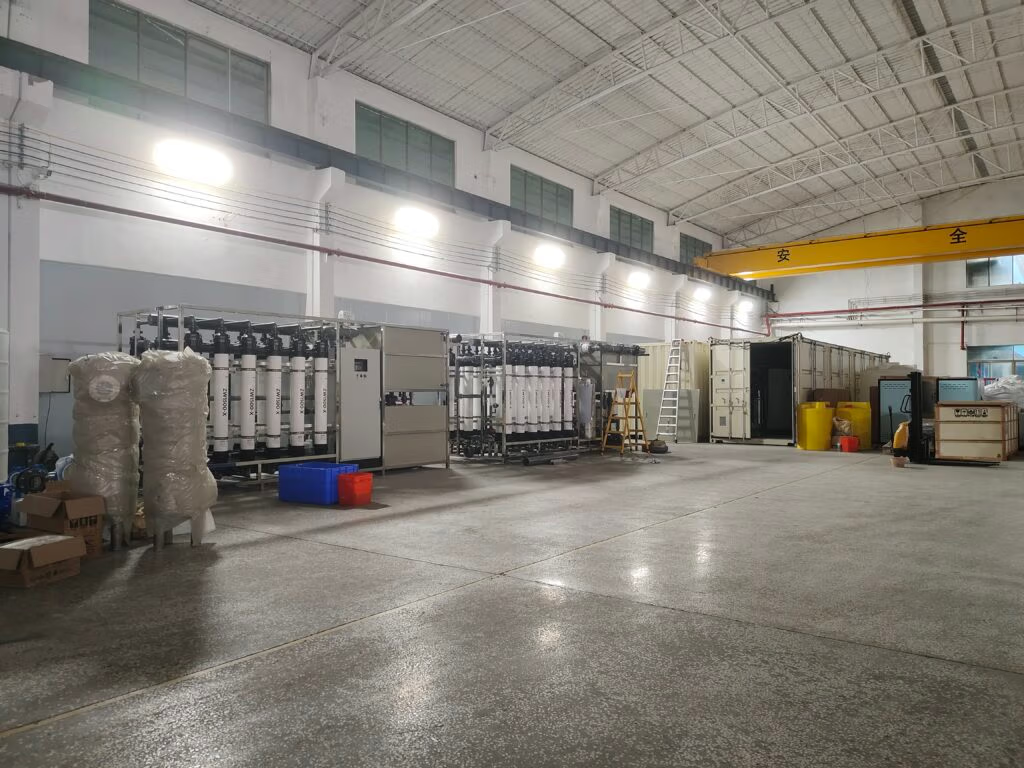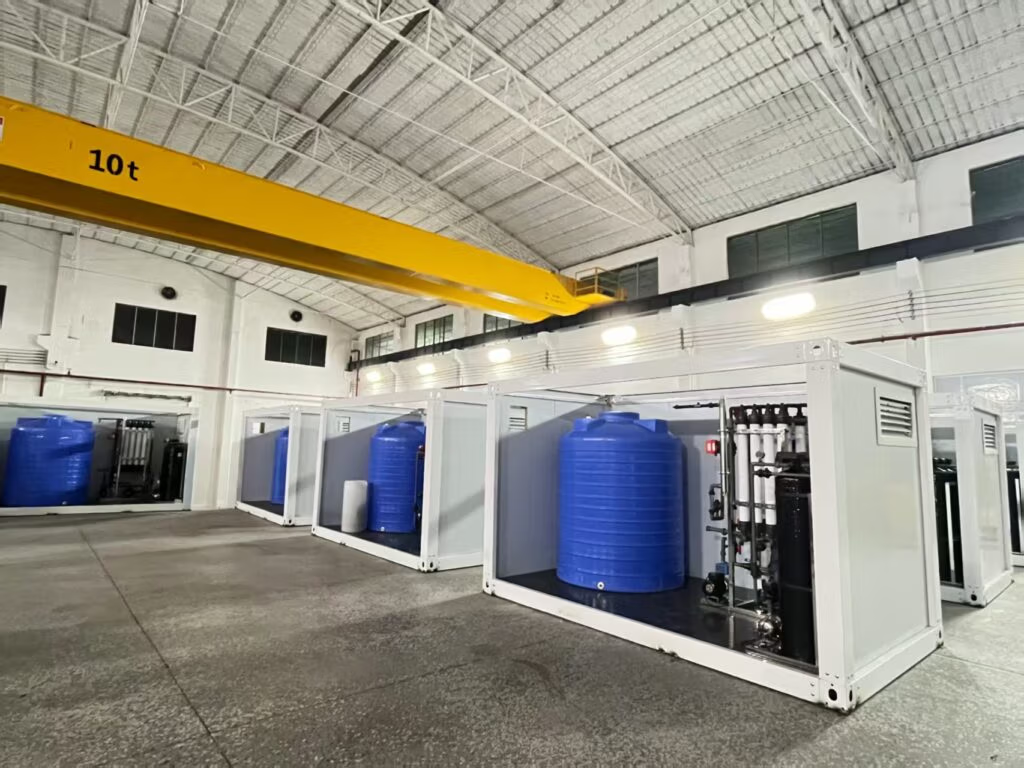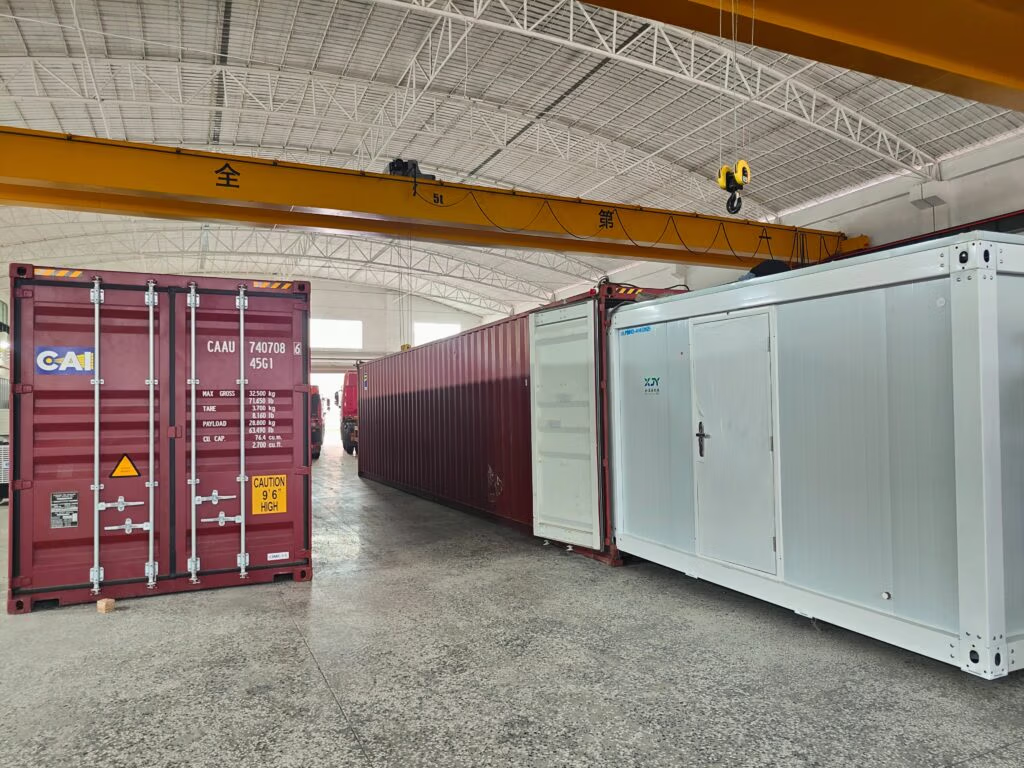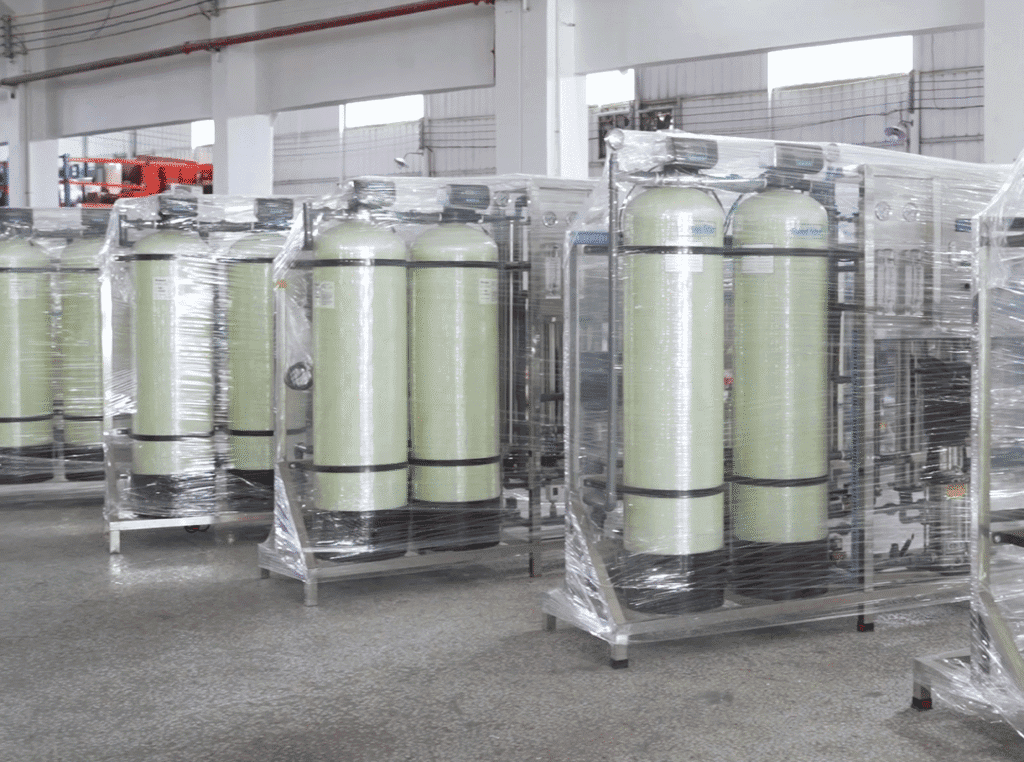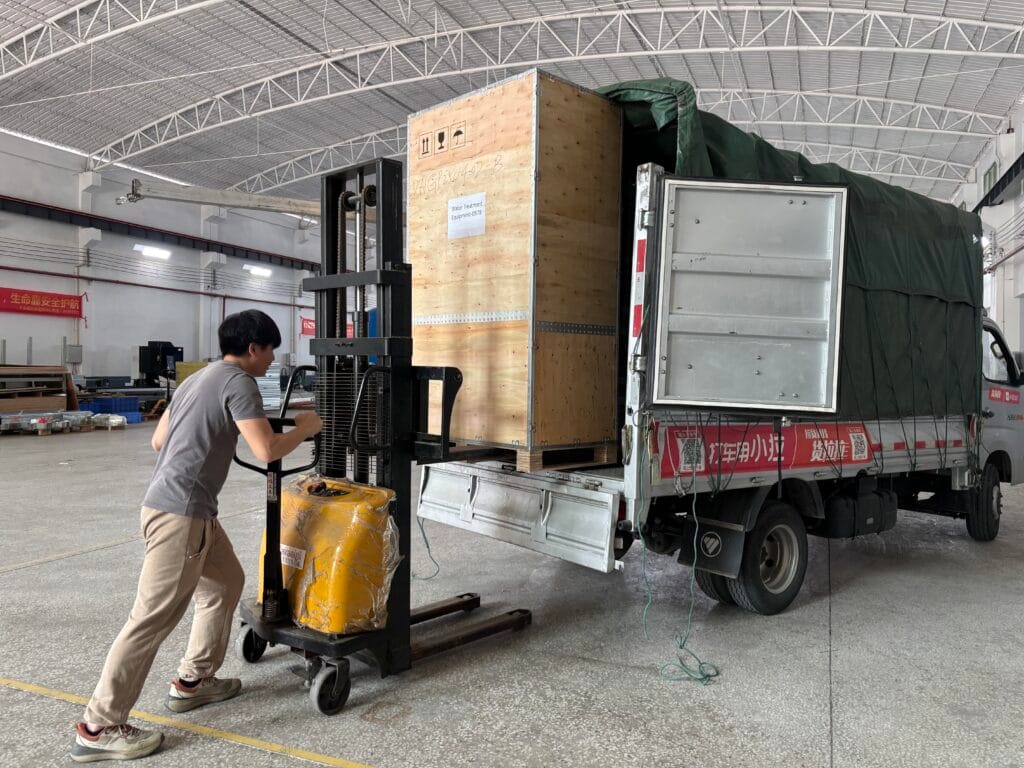In recent years, countries such as Germany, Austria, Hungary, and the Czech Republic have been facing water shortages. Due to the combined effects of climate change and industrialization. One solution is the best reverse osmosis water system.
According to a 2025 report by the European Environment Agency, summer precipitation in Central Europe has decreased by 30%-40%. The dry season in some tributaries of the Danube and Rhine rivers has prolonged, groundwater overdraft rates have reached 18%. And water supply gaps are significant for agricultural irrigation, small and medium-sized industries, and remote villages and towns. Therefore, solving this water shortage challenge is a major breakthrough for Central Europe.
XinJieYuan’s box-type reverse osmosis system is precisely the right purification solution. Furthermore, all components can be integrated into a single box, making it the ideal RO system for alleviating water shortages in Central Europe.
What is the best reverse osmosis water system?
Because, this system breaks the limitations of traditional reverse osmosis systems, which often involve dispersed components and complex installation. In other words, it integrates the entire core water treatment system and auxiliary facilities into a highly integrated, carriage-like enclosure. This allows for rapid adaptation to diverse water supply needs in Central and European regions, providing a ready-to-use, on-demand water purification solution for water-scarce regions.
Compared to other reverse osmosis systems, this system is moderately priced, offers the same purification and recovery rates, and is smaller in size. This makes it considered the best reverse osmosis system available.
What does a reverse osmosis water system consist of?
The “fully integrated” design of the box-type reverse osmosis system not only focuses on efficient purification, but also optimizes its design for the Central European climate (low temperatures and frequent rain in winter) and environmental standards (EU CE certification and REACH regulations), while also taking practicality into account.
The system integrates a pretreatment system, reverse osmosis membrane modules, a high-pressure water supply system, and a control system. Its modular design allows for easy portability and installation, making it suitable for installation in homes, communities, schools, and businesses.
To address the common groundwater hardness and micro-pollution issues in Central Europe, this system integrates a multi-media filter. An enhanced quartz sand layered filtration, is suitable for silty river water. An activated carbon filter efficiently adsorbs pesticide residues and industrial trace organic matter. And a safety filter (5μm pleated filter element, made of low-temperature-resistant material, to prevent freezing and cracking in winter) to provide stable water inlet for the reverse osmosis process.
It utilizes EU-certified, low-energy RO membranes: Dow BW30-4040. The number of membranes (1-4) is customized based on the water quality in different regions of Central Europe. The system achieves a desalination rate of 97% for high-salinity groundwater. And an organic matter removal rate exceeding 95% for lightly polluted surface water (such as Rhine River tributaries).
The water supply system is compatible with Central Europe’s 230V/50Hz power grid, with precisely adjustable inlet pressure (0.8-1.5MPa). In winter, the pump’s insulation function automatically activates to prevent equipment shutdown due to low temperatures. Energy consumption is also reduced by 15% compared to traditional systems.
The PCL control panel supports custom languages and English bilingual operation, and integrates pressure, flow, conductivity sensors and low temperature alarm functions.
Why is it the best reverse osmosis water system?
Compared with traditional decentralized reverse osmosis systems, box-type reverse osmosis machine has more targeted advantages in the water shortage scenarios in Central Europe. Thus,precisely match the local “climate adaptability, compliance, and scenario flexibility” requirements.
1. Strong climate adaptability, year-round stable operation
The cabinet’s insulation and low-temperature protection ensure stable operation across Central Europe’s temperature range of -10°C in winter and 35°C in summer. This prevents equipment downtime caused by freezing and overload, addressing the pain point of traditional systems’ poor seasonal adaptability and ensuring uninterrupted winter water supply for agricultural greenhouse irrigation and villages.
2. CE and ISO certifications provide assurance
Core components (pumps, membranes, and controllers) are EU CE and ISO certified. Both brine discharge and product water quality meet EU standards. In other words, it allows for deployment in Central European countries without additional modifications, shortening project implementation timelines.
3. Flexible mobility, adaptable to dispersed water shortage scenarios
Water-scarce areas in Central Europe are often characterized by “point-by-point” distribution. Such as scattered villages in the Austrian Alps, small farms in Bavaria, Germany, and dispersed industrial areas in eastern Hungary. The anti-skid wheels and hoisting design on the unit’s base allow small trucks to transport the unit to remote locations, eliminating the need for a fixed equipment room. Installation and commissioning can be completed in one to two days, quickly alleviating localized water shortages.
What are the prospects for improving reverse osmosis systems?
XinJieYuan will focus on three key areas for future optimization in the Central European market:
First, further improving low-temperature adaptability (e.g., developing ultra-low-temperature modules capable of -15°C) to accommodate winter use in high-latitude regions.
Second, strengthening the integrated “photovoltaic + energy storage” design to leverage the abundant solar resources of Central Europe for clean energy supply and reduced operating costs.
Third, expanding its “brine resource utilization” capabilities. In line with the agricultural needs of Central and European countries, we will further process brine into low-salinity irrigation water, achieving “cascaded utilization” of water resources.
We believe that with continued technological advancements, the equipment will provide a more efficient and environmentally friendly solution for the sustainable development of water resources in Central and European countries.
Contact us
Name: Cliff Mok
Mobile phone: +86 17817887719

